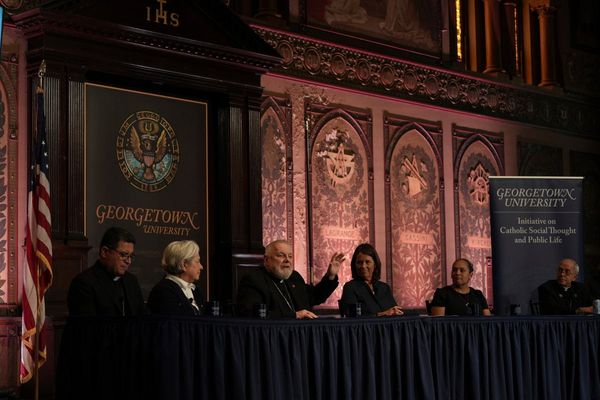
If you want to make a video deepfake, you can download free software and create it yourself. Someone with a bit of savvy and a chunk of time can churn out side-splitters like this one. Not so for audio deepfakes — at least not yet. Good synthetic audio is still the domain of startups, Big Tech and academic research.
What's happening: Pindrop, the audio biometrics company, is developing synthetic voices in order to train its own defenses to detect them. Vijay Balasubramaniyan, Pindrop's CEO, shared several fake voices with Axios.
- Listen to one of the voices.
- The AI-generated voice is clearly mimicking Ellen DeGeneres — but it's not quite right.
How it works: Pindrop's system listened to countless hours of DeGeneres talking in real life — mostly narrating her own audiobooks — and then used a cutting-edge AI technique to develop an impersonator, improving the synthetic voice until the system could no longer tell it apart from the real thing. Now, anyone can type a phrase into the system and have it read out in DeGeneres' voice.
Axios listened to this and several other Pindrop-generated voices. Each captured the real speakers' idiosyncrasies, but they were exposed by their robotic-sounding pace and cadence. To this, Balasubramaniyan replied:
But that doesn't mean these imperfect fakes couldn't cause some mischief now. Imagine if you were already expecting to receive a phone call from someone. You probably wouldn't be too suspicious if he sounded a bit robotic or stilted if he told you he was sick and driving through a tunnel.
- "We're communicating through this phone system that has a lot of security issues," says Aviv Ovadya, a misinformation researcher and founder of the Thoughtful Technology Project.
- This is how Charlie Warzel, formerly of BuzzFeed News, tricked his own mother into falling for an AI mimicry of his voice.
Go deeper: Defending against audio deepfakes before it's too late







